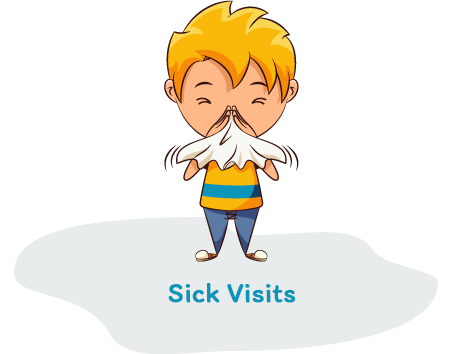History of vaccines: Its success is its undoing
Vaccines have been around for hundreds of years, with the first one developed by Edward Jenner in 1798 against smallpox. The 20th century saw a huge increase in the number of vaccines developed that helped to decrease, and in some cases, eradicate disease in both children and adults. Other than government efforts to enforce clean sanitation for safe drinking water and proper disposal of sewage, vaccines have been the reason people have been living longer, healthier lives.
One doesn’t have to go too far back in time to remember the polio epidemics that occurred every spring and summer, when parents once feared taking their children to swimming pools because of the concern of contracting polio. Additionally, with the success of the chickenpox vaccine, an illness that many of us experienced as children, few of our patients will ever have to endure the prolonged effects like scarring or the potentially devastating outcomes like pneumonia or necrotizing fasciitis (pneumonia flesh-eating bacteria) and death that can occur with this disease.
The efficacy of vaccine programs has been so successful that they may have actually worked a bit to our disadvantage. Today’s families don’t see the illnesses affecting children that parents just a generation ago experienced (like Haemophilus Influenza Type B meningitis) that hospitalized thousands of infants, and if they survived, left them with hearing impairment, neurodevelopmental delays, and/or blindness.
One risk of leaving a child unvaccinated or undervaccinated (as is the case with delaying vaccines) is that the child is susceptible to the disease. This has most recently been noted in Pertussis (whooping cough) outbreaks in Chatham County, NC daycares in Fall 2008, Haemophilus Influenza outbreaks in Minnesota in 2008 that affected five children and left one dead, and measles outbreaks (131 documented cases in the US in the first half of 2008). Interestingly, of the 131 cases of measles, 91% of those patients affected were unvaccinated or of unknown vaccine status and two-thirds of those were not vaccinated due to parental desires or religious beliefs. While 131 cases of measles may not seem like much, the reason the number of cases remained relatively low was because of the high level of immunity against the disease in the surrounding community due to vaccination programs that protected those people.
We understand that there are concerns families have regarding vaccines. With the tremendous amount of information readily available on the Internet, it is hard to sort the good, scientifically-based facts from the misinformation being propagated by anti-vaccine groups. The most common side effects of vaccines include fever and pain at the injection site. While there are more serious side effects that can occur with vaccines, the risk is very low. Usually by the time parents bundle their child up and check out at the reception area, the child is calm and may even be sleeping.







